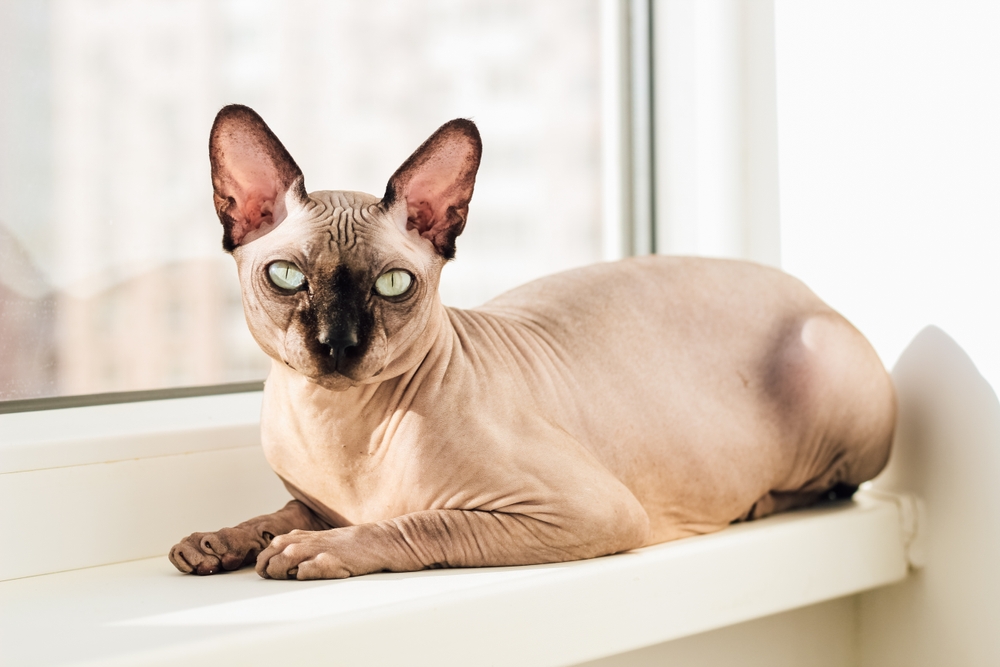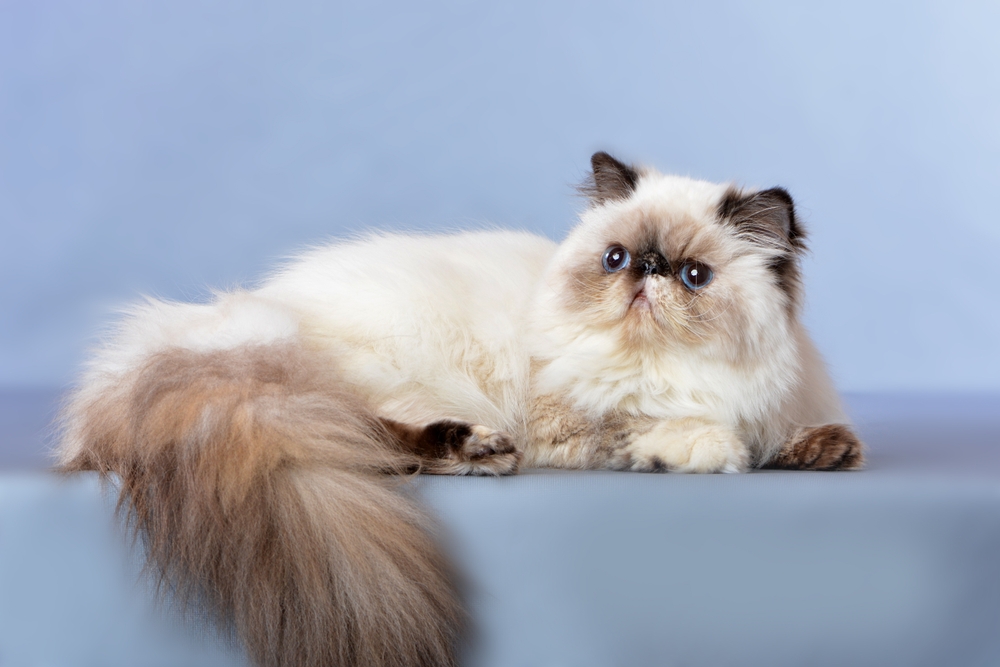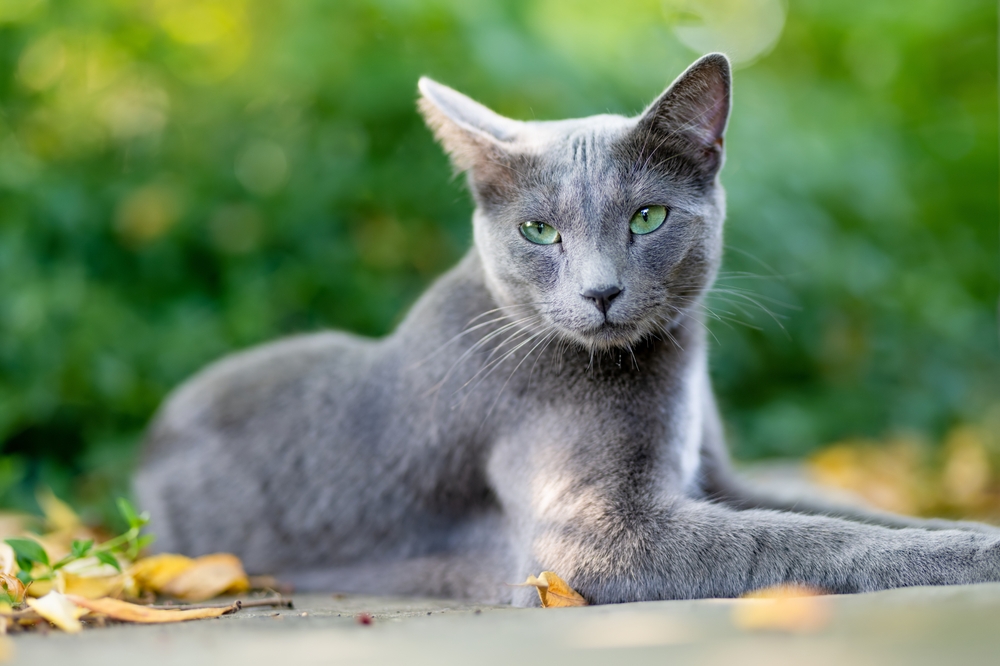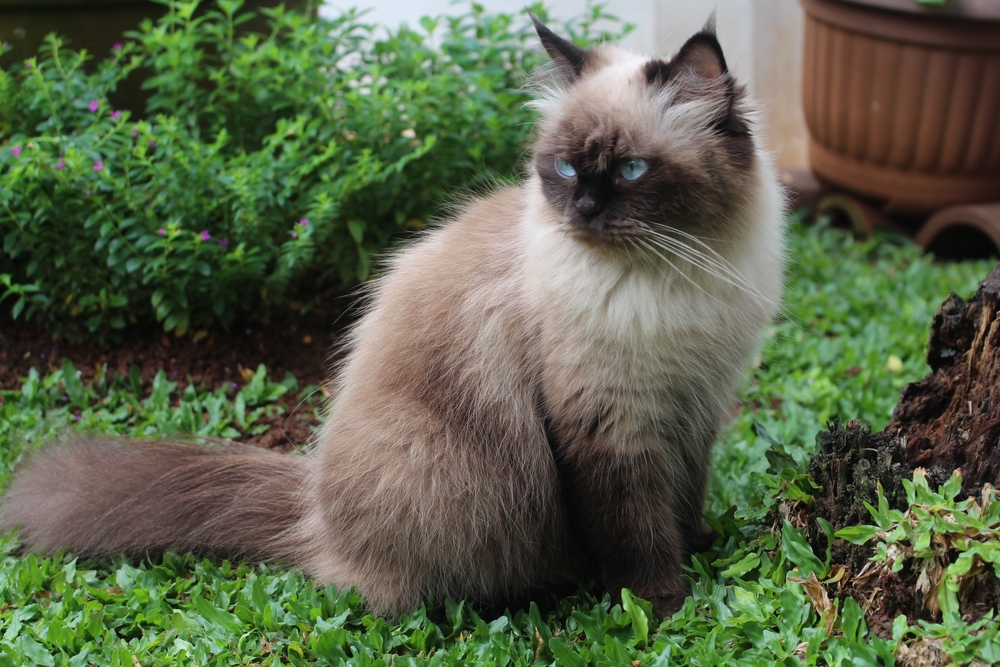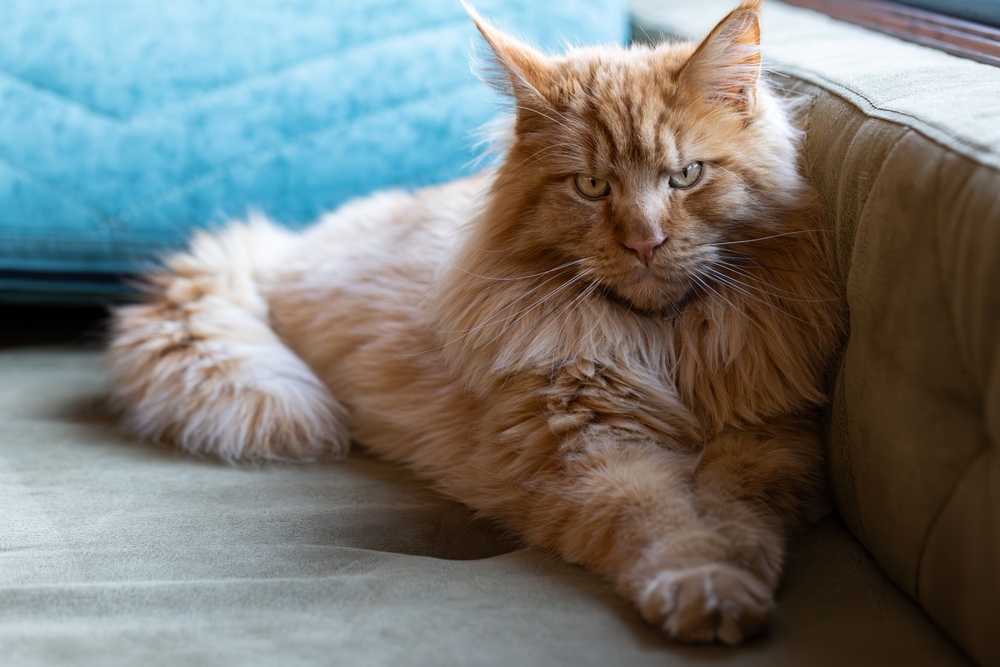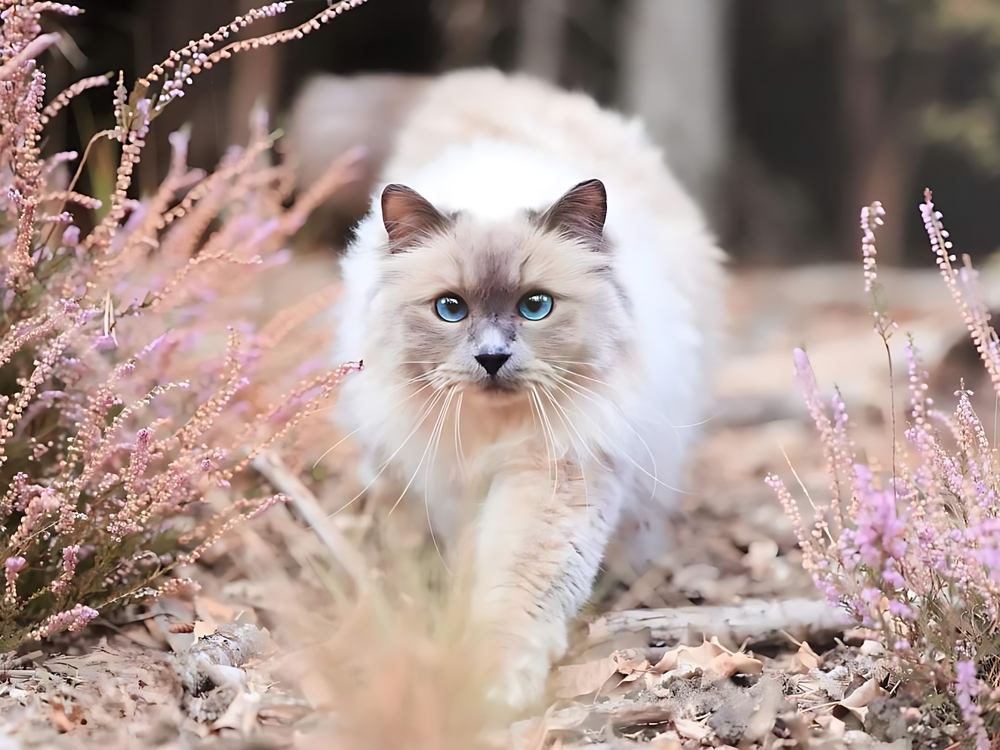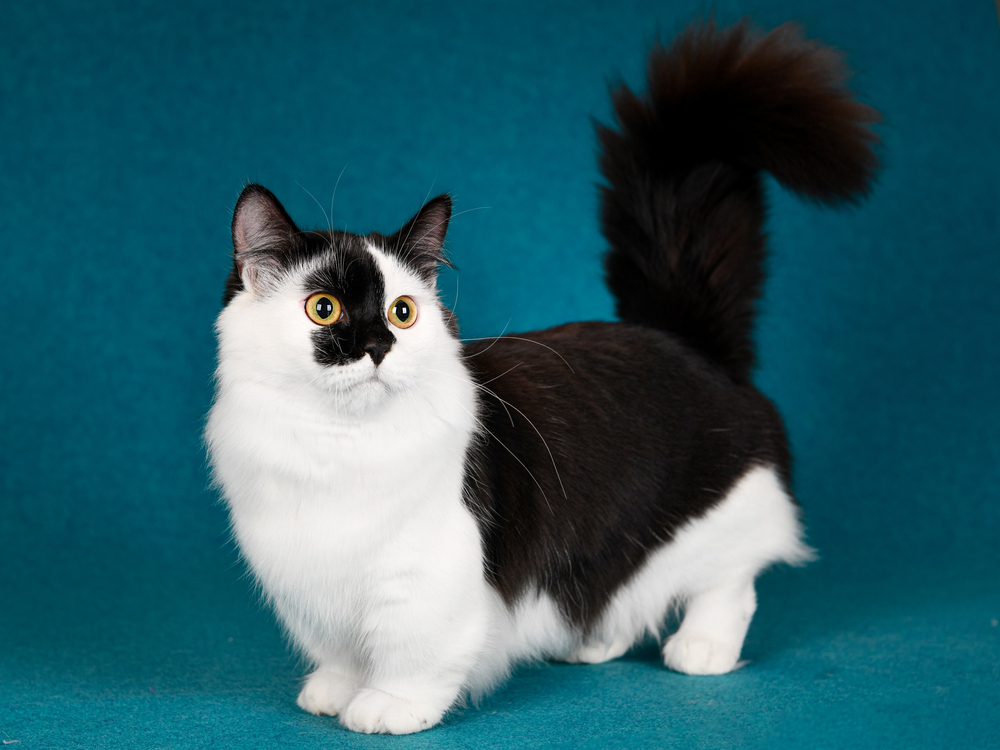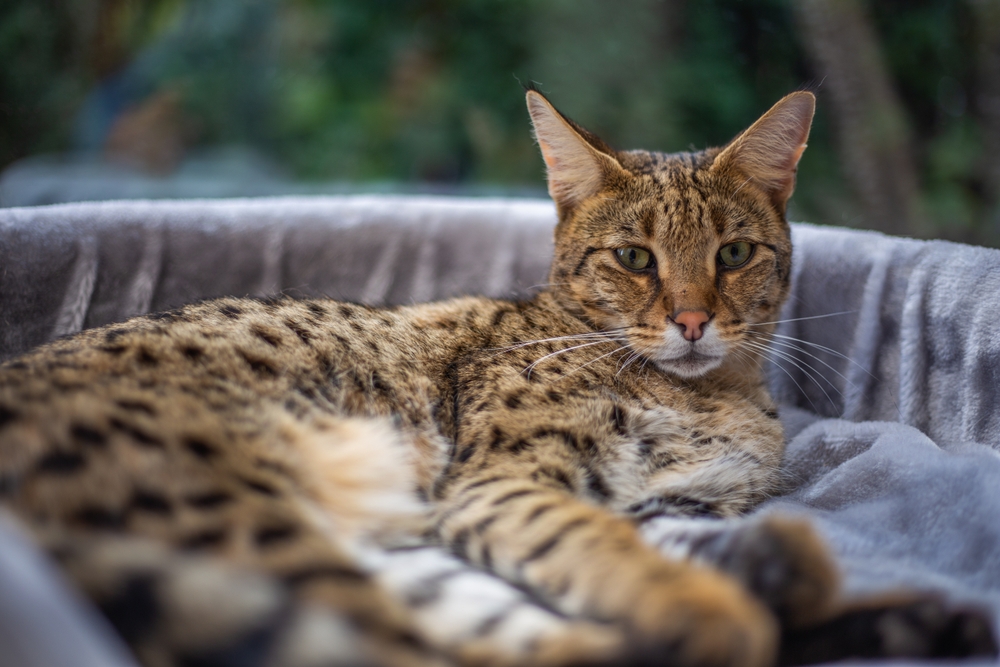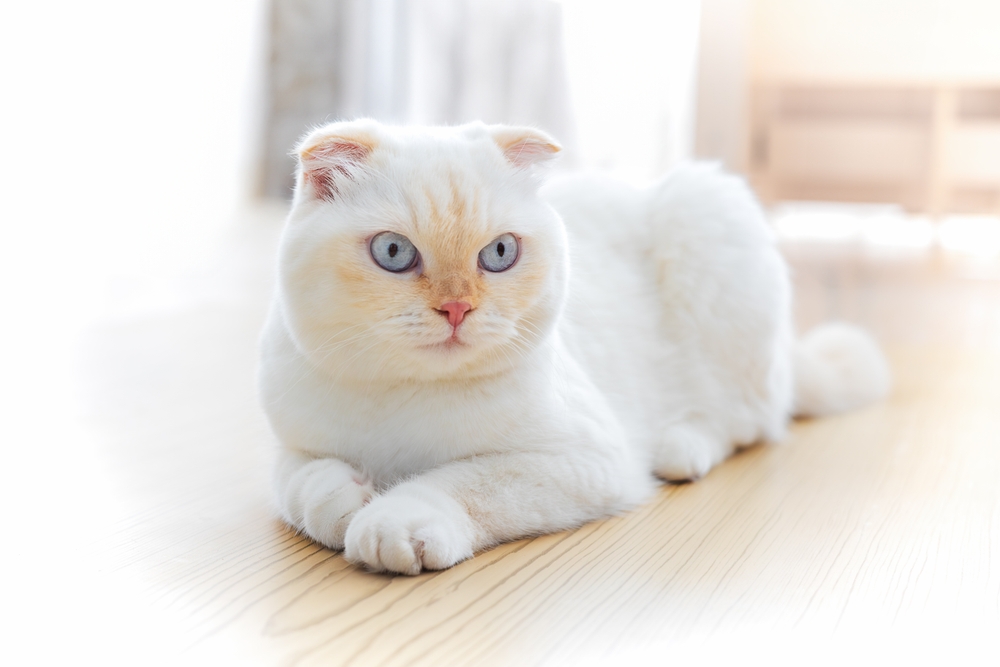Uniqueness
Hairlessness:
The Sphynx is famous for being a hairless breed, though many have a fine peach-fuzz layer that gives the skin a suede-like texture. This distinct lack of fur sets it apart from nearly every other cat breed.
Wrinkled Appearance:
Prominent wrinkles around the face, neck, and shoulders give the Sphynx an exotic, almost alien look. These wrinkles are most noticeable in kittens and are considered a desirable breed trait.
High Metabolism:
Because they lack fur for insulation, Sphynx cats burn more calories to stay warm. This makes them big eaters compared to many other breeds, with a faster metabolism.
Temperature Sensitivity:
Their hairlessness makes them highly sensitive to cold and sunlight. They love finding warm spots—blankets, laps, or sunny windows—and may even wear sweaters in cooler homes.
Skin Care Needs:
Unlike other breeds, Sphynx cats require regular bathing (about once a week) to remove the natural oils that would normally be absorbed by fur. Without this, their skin can become greasy or irritated.
Affectionate, Social Nature:
Sphynx cats are exceptionally people-oriented, often described as “dog-like” for their loyalty. They love constant human interaction, cuddling for warmth, and often greet their owners at the door.
Expressive Eyes & Ears:
Their large lemon-shaped eyes and oversized bat-like ears give them a dramatic, unique appearance.
Modern Origins:
The breed was first developed in Canada in the 1960s, when a naturally hairless kitten was born and selectively bred to establish today’s Sphynx line.
The Sphynx’s combination of hairlessness, striking appearance, affectionate temperament, and unusual care needsmakes it one of the most unique and recognizable cat breeds in the world.



































































